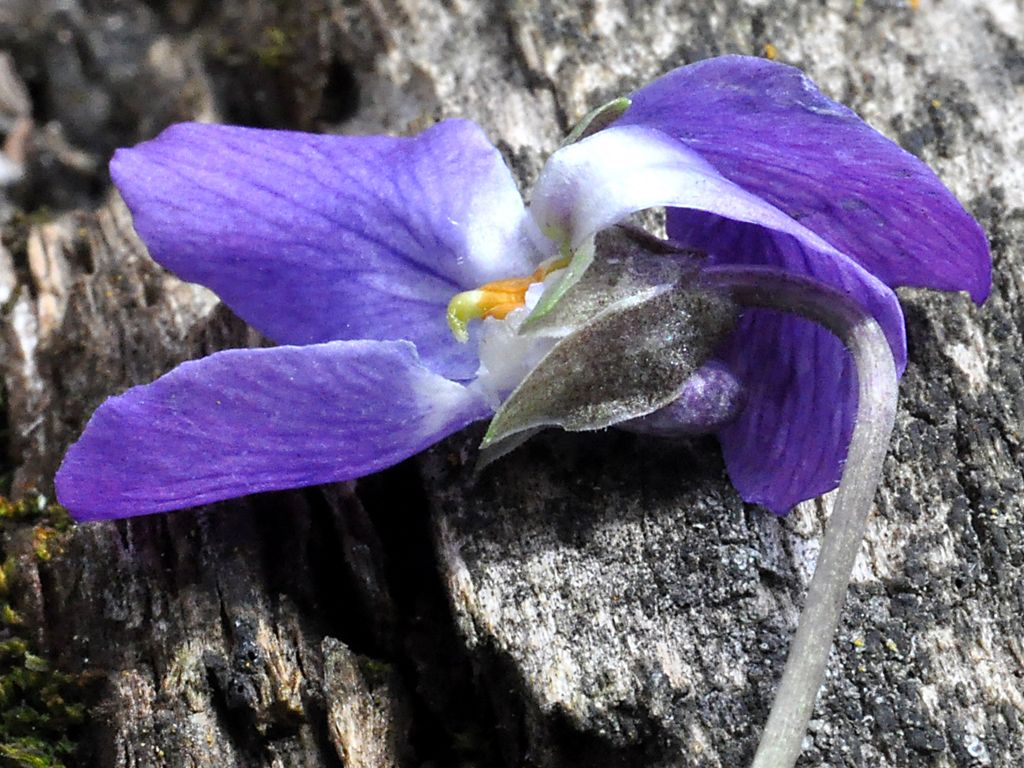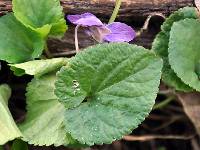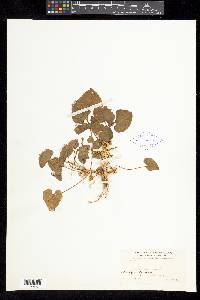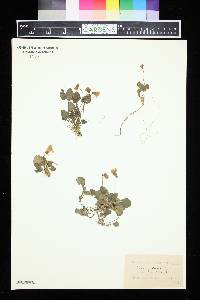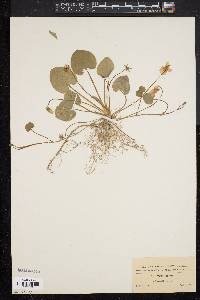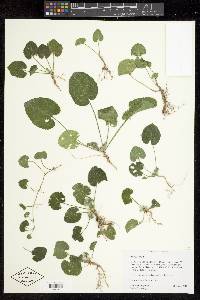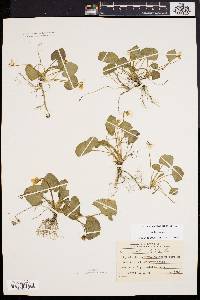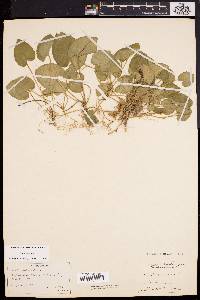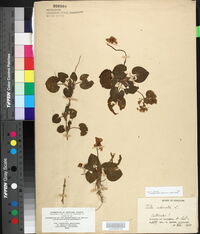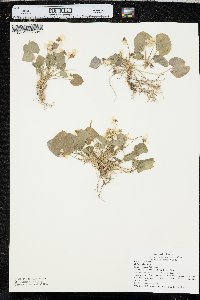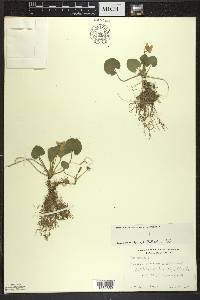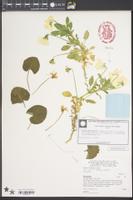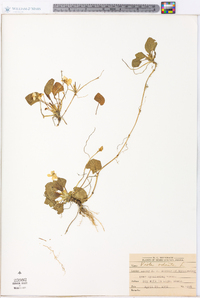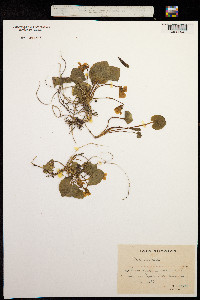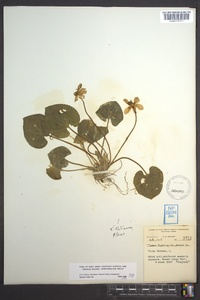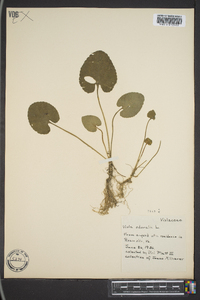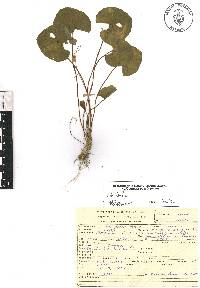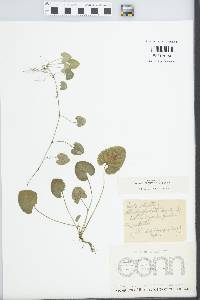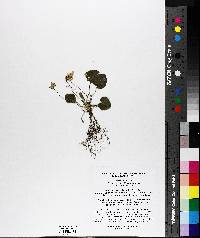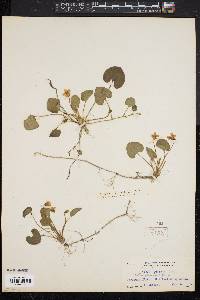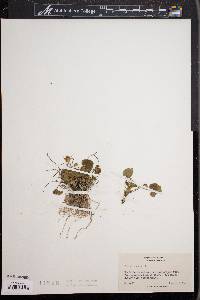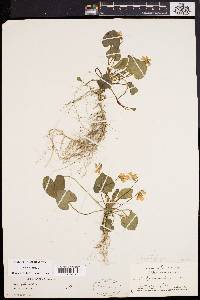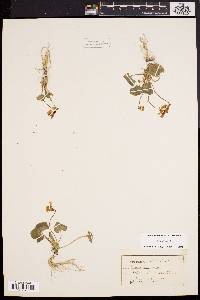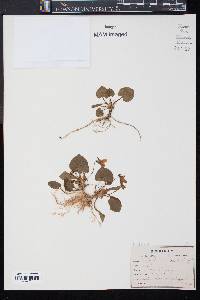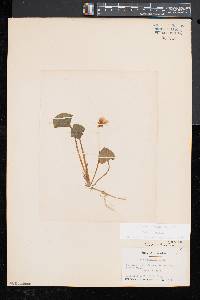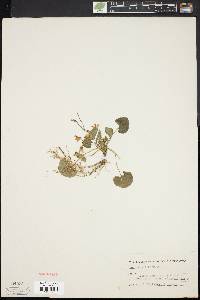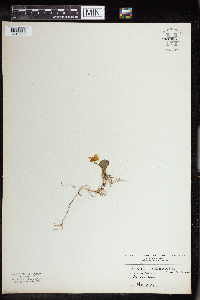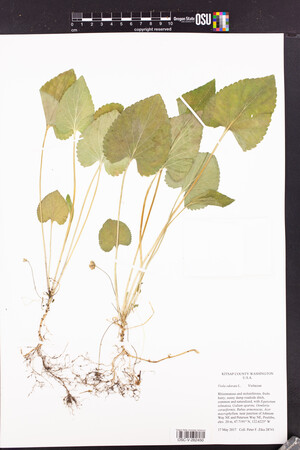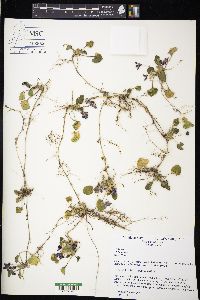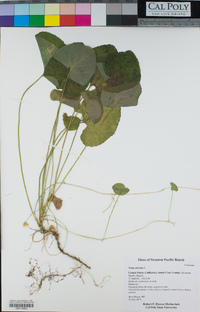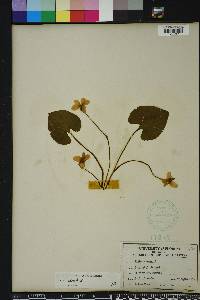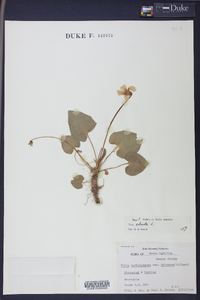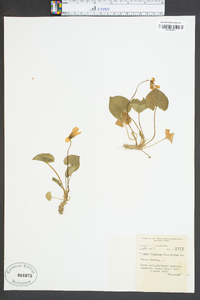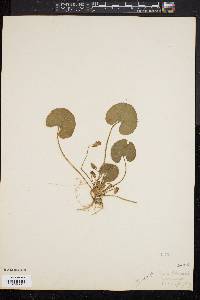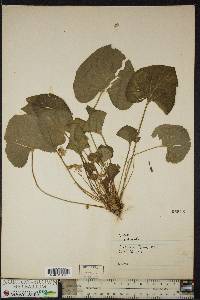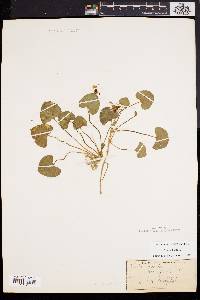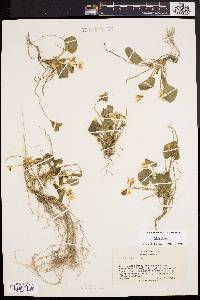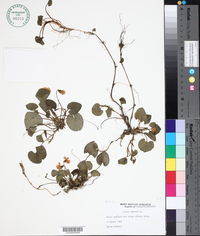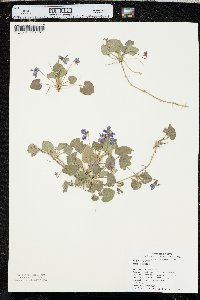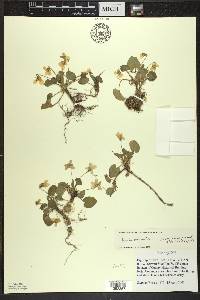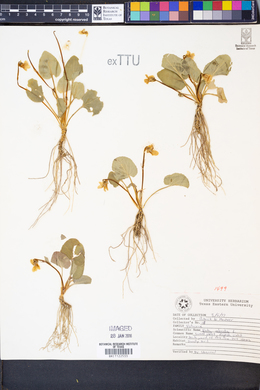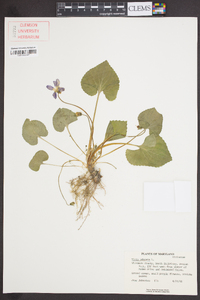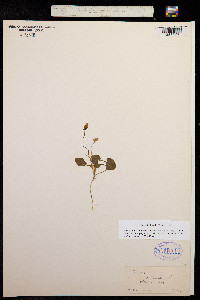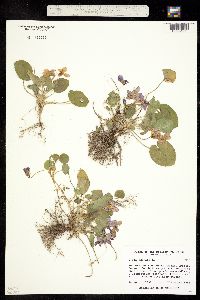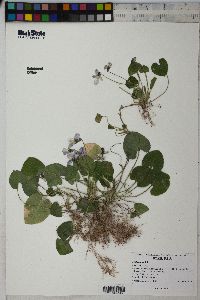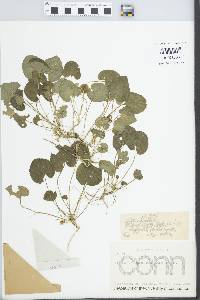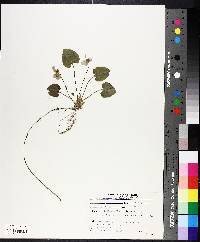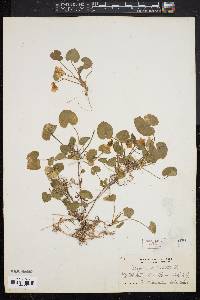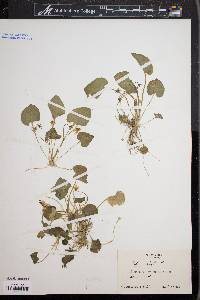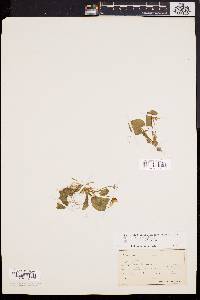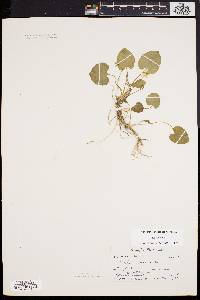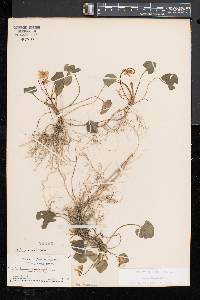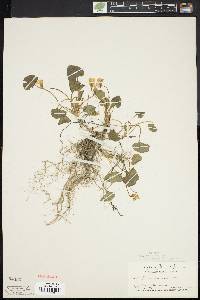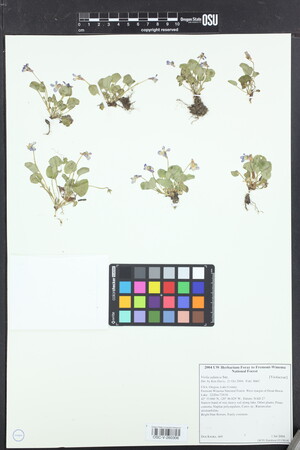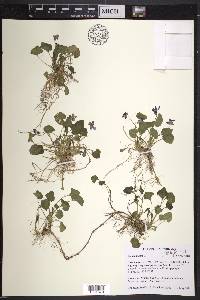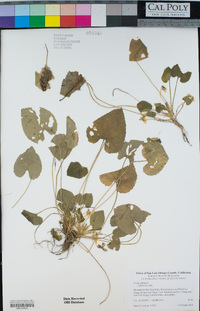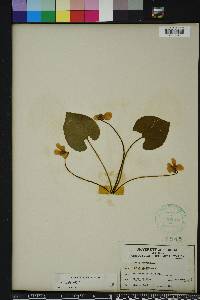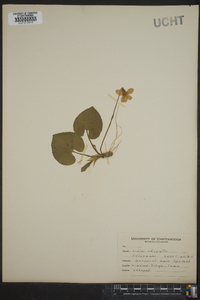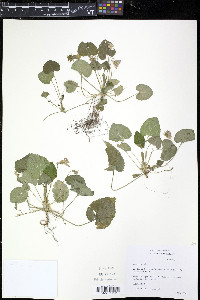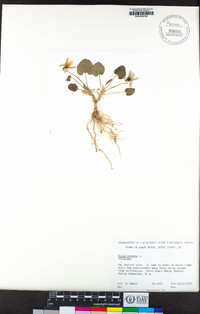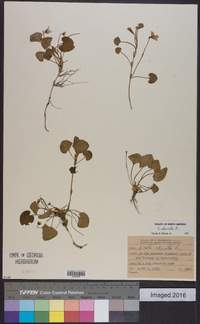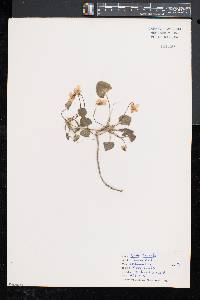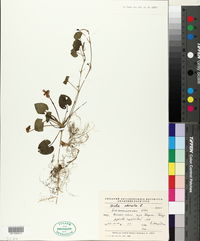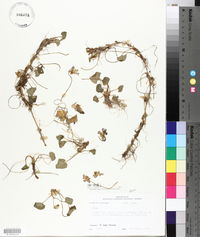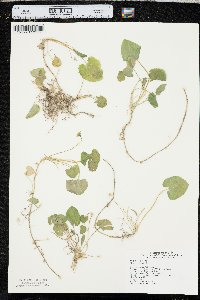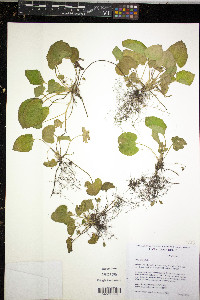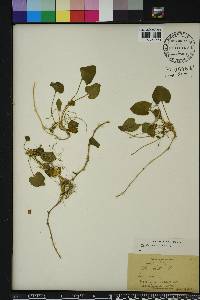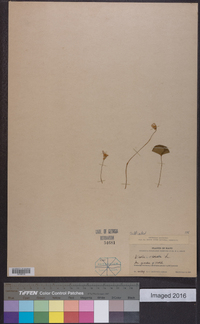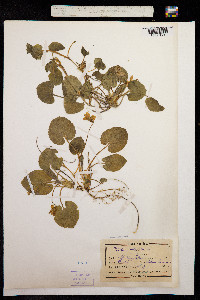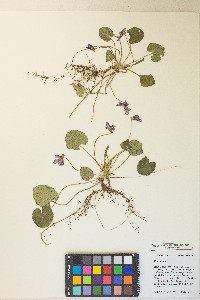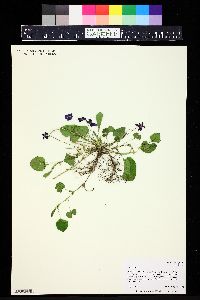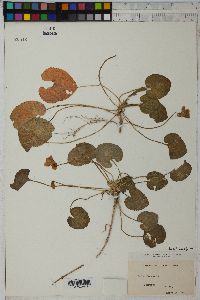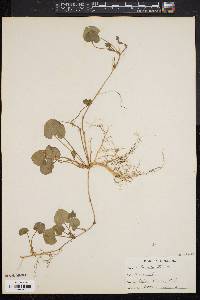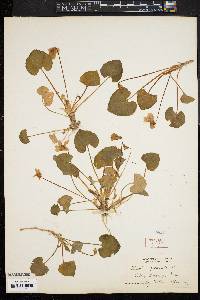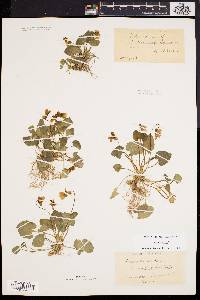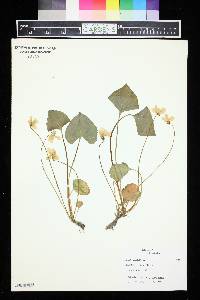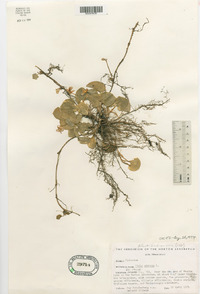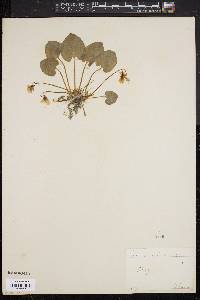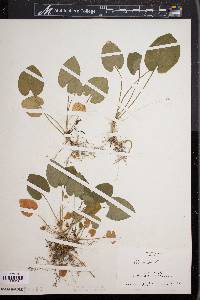
|
|
|
|
Family: Violaceae
Sweet Blue Violet, more...sweet violet, English Violet
|
Perennial herb 5 - 10 cm tall Stem: absent aboveground, leaves and flowers arising independently and directly from long, horizontal, green, stiff, cord-like runners (stolons) that have thin (less than 5 mm diameter) roots or rhizomes at the nodes. Leaves: basal, long-stalked, densely short-hairy, round-toothed, 2 - 6 cm long, broadly heart-shaped to rounded with indented base and blunt tip. The upper leaf surface is often wrinkled. Flowers: long-stalked, white to deep blue, very fragrant, 1 - 2 cm long, bilaterally symmetric with two upper petals, two lateral petals, and lower petal with base modified into a rounded nectar spur. In the summer, producing recurved stalks terminated by very fertile flowers that do not open (cleistogamous). Sepals: five, green, fringed with slender bristles, lance-shaped with ear-like appendages (auricles) at the base. Petals: five, separate, all differently shaped. The two lateral petals have a beard of hairs near the base, and the lowest petal is prolonged at its base into a short, rounded spur or sac. Stamens: five, separate, but very tightly arranged so anthers touch as they surround ovary. The filaments are very short, and the lower two stamens have spur-like nectaries on their backs that extend into the spur or sac of the lower petal. Pistil: with a single-chambered, hairy, superior ovary; and a single slender style that curves into a hook-like cone-shaped, pointed stigma. Fruit: a many-seeded, purplish (or flecked with purple), hairy, plump, broadly egg-shaped capsule that opens lengthwise from top. The seeds are yellowish white, large (3.4 - 4 mm long), and have a large amount of oily endosperm, and often an appendage (aril). Similar species: Viola odorata is somewhat similar to V. sororia and other stemless violets, but none of those species have green cord-like stolons, nor are the styles tipped by a sharp, conic, recurved hook. Some may confuse V. blanda due to its small size, but in addition to that species lacking the green cord-like stolons and having a different style and stigma shape, that species has non-fringed sepals, and hairless capsules. Flowering: April to May Habitat and ecology: Introduced from Eurasia as an ornamental and rarely escaping from cultivation, but occasionally seen in suburban wood lots. Occurence in the Chicago region: non-native Etymology: Viola is the classical name for the genus. Odorata means "fragrant", referring to the very fragrant flowers. Author: The Field Museum Finely hairy, with a long-creeping rhizome and spreading by numerous leafy stolons rooting at the nodes; lvs broadly ovate to orbicular, 2-6 cm, rounded or obtuse at the tip, evenly crenate, cordate at base, peduncles equaling or shorter than the lvs; fls very fragrant, typically deep violet, varying to white, the lateral pet usually bearded; style recurved-hooked at the tip; sep ciliate; ovary and fr hairy; cleistogamous fls on recurving peduncles, with broadly ovoid, hairy, purplish fr; seeds large, ochroleucous; 2n=20. Native of Europe, cult. in many forms and often escaped, especially about dwellings. Apr., May. Gleason, Henry A. & Cronquist, Arthur J. 1991. Manual of vascular plants of northeastern United States and adjacent Canada. lxxv + 910 pp. ©The New York Botanical Garden. All rights reserved. Used by permission. |
|
|
|

